Speakers *are* measured in a "standard baffle", not alone hanging from a hook.
Here's specs for 8" to 15" speakers.
Not the best baffle in the world, not the worst either.
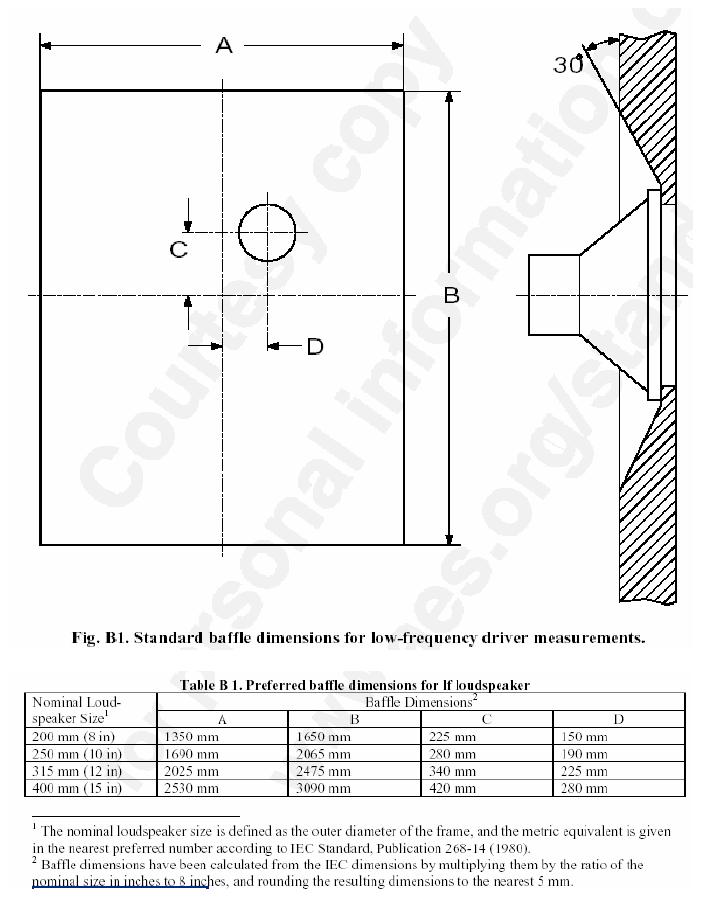
Here's specs for 8" to 15" speakers.
Not the best baffle in the world, not the worst either.

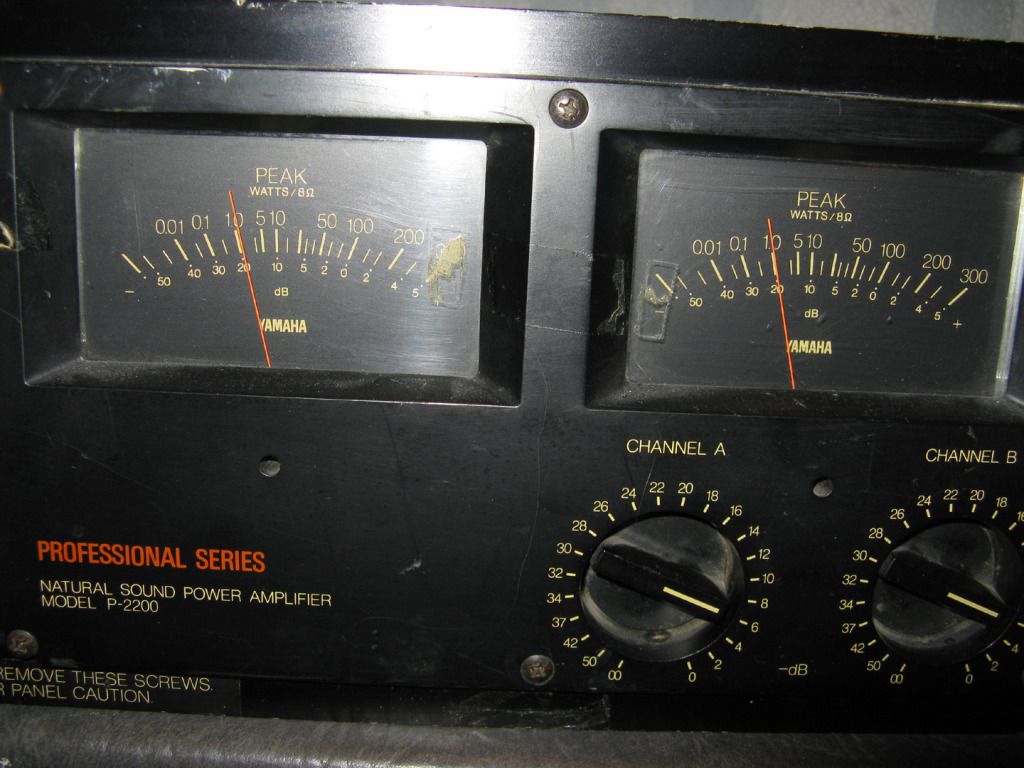
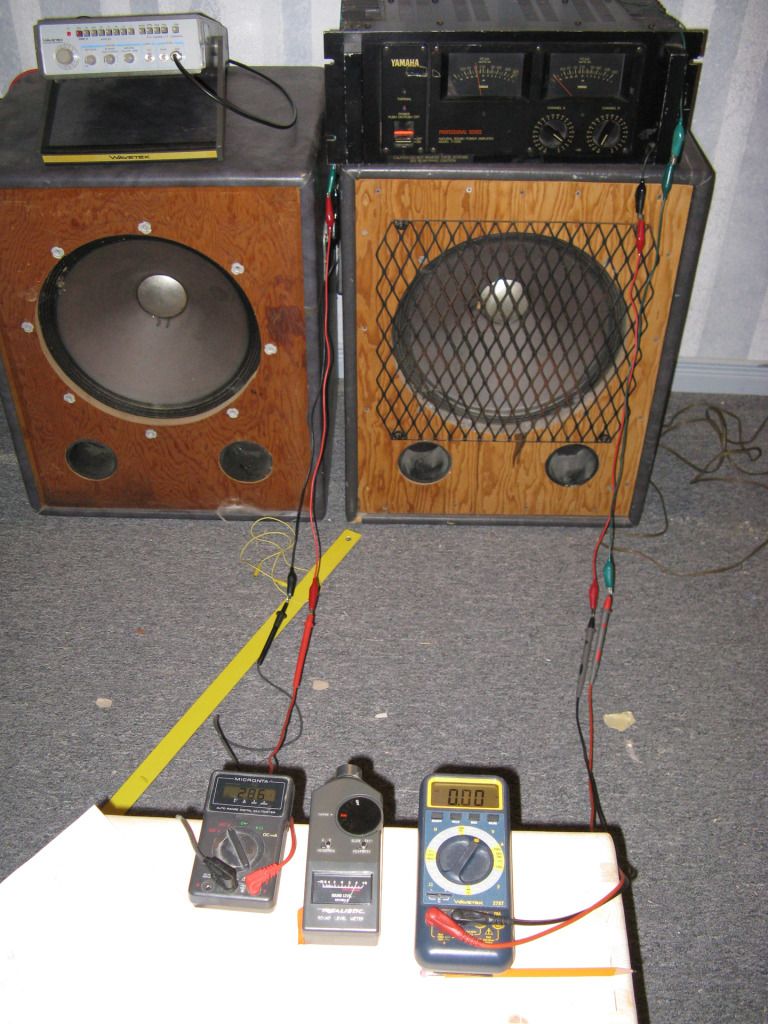

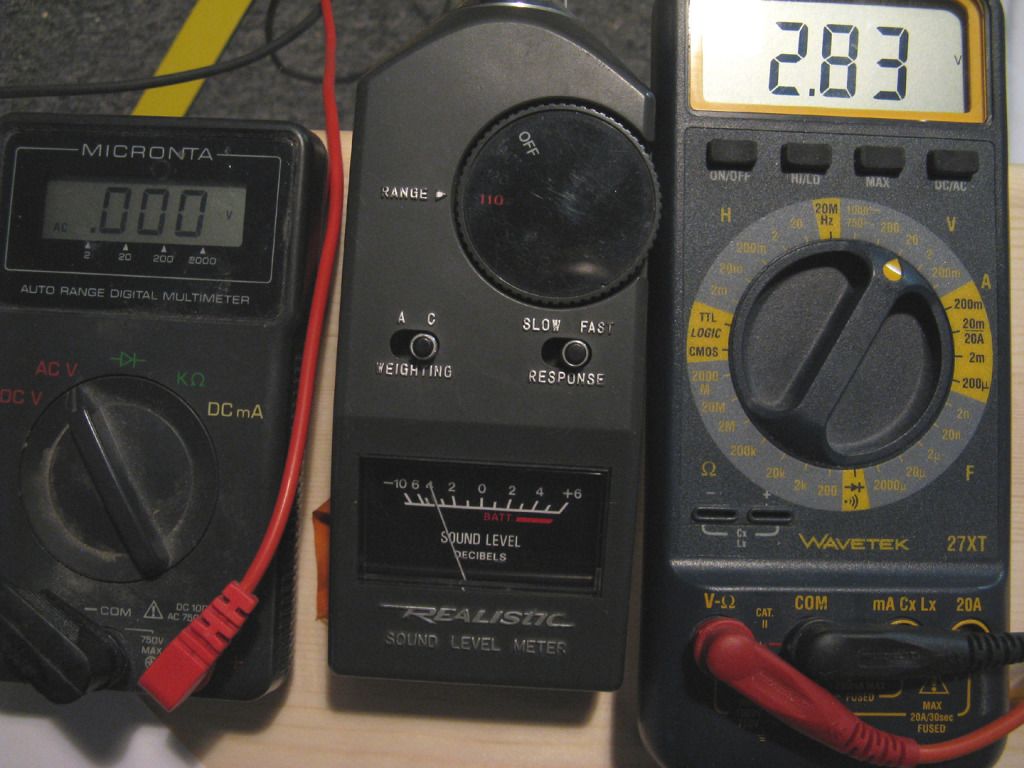
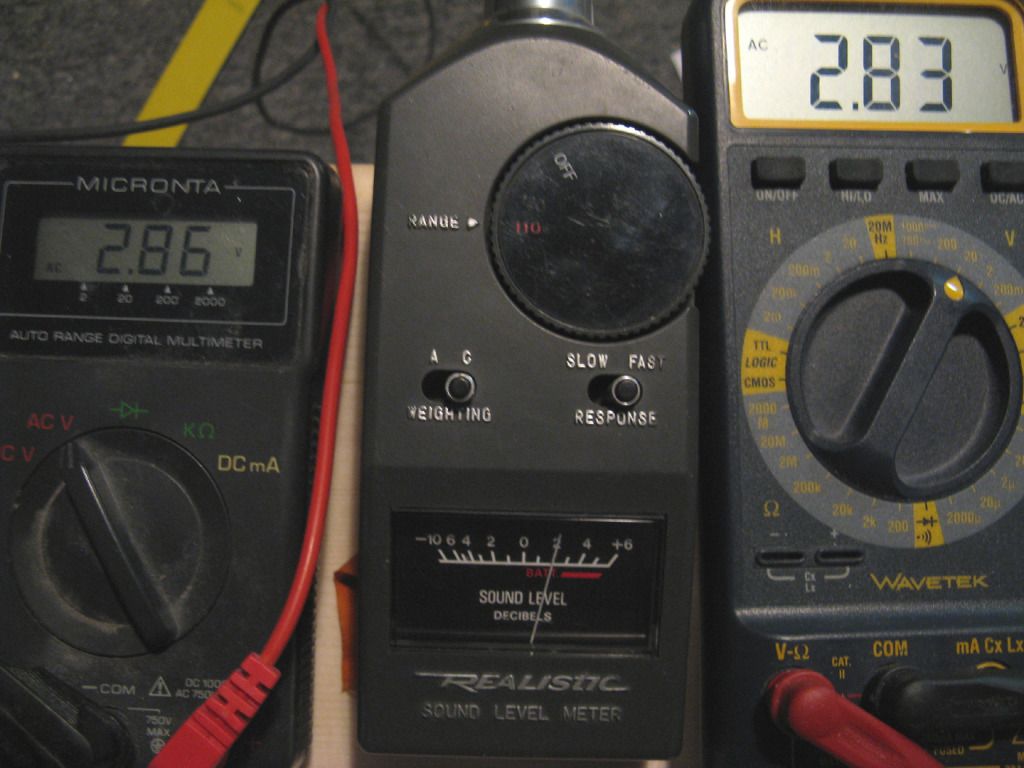
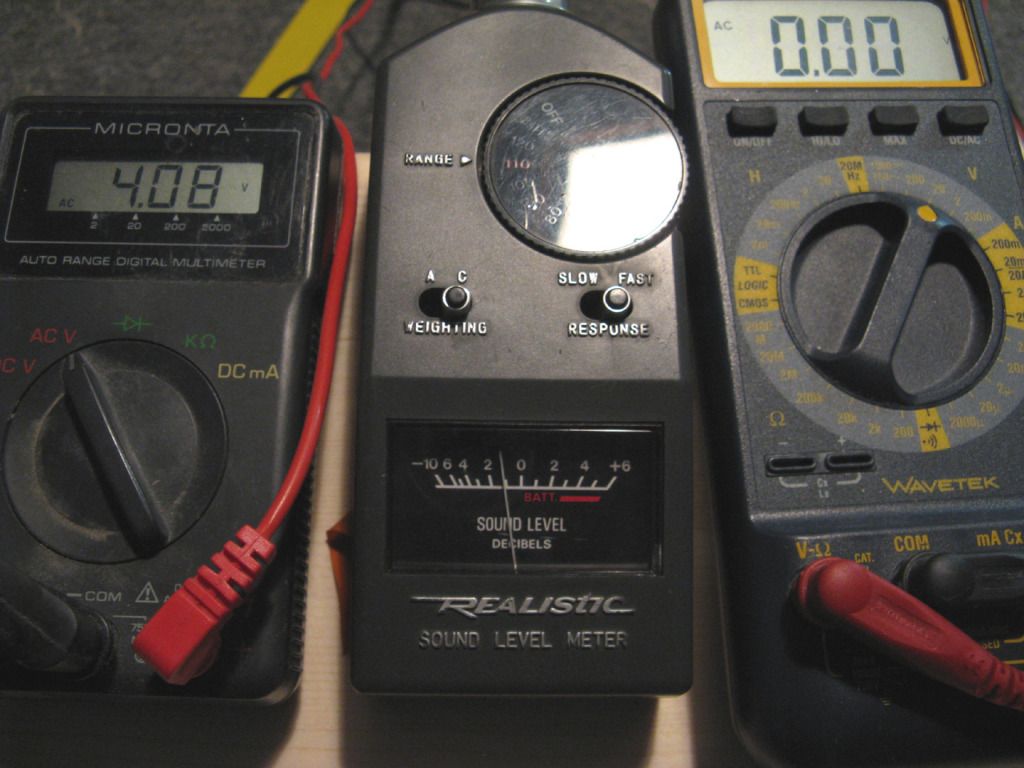


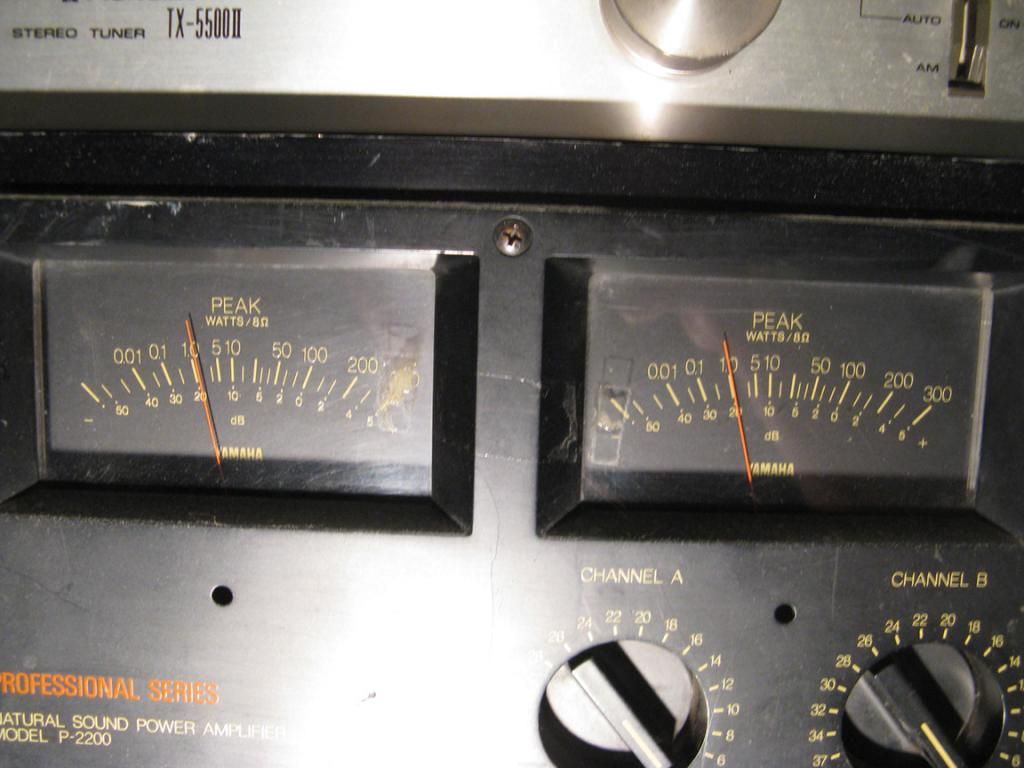



Comment